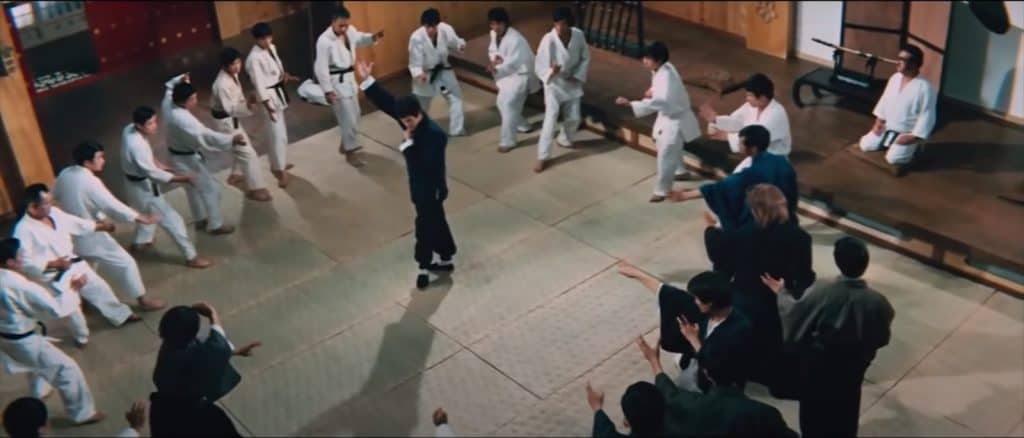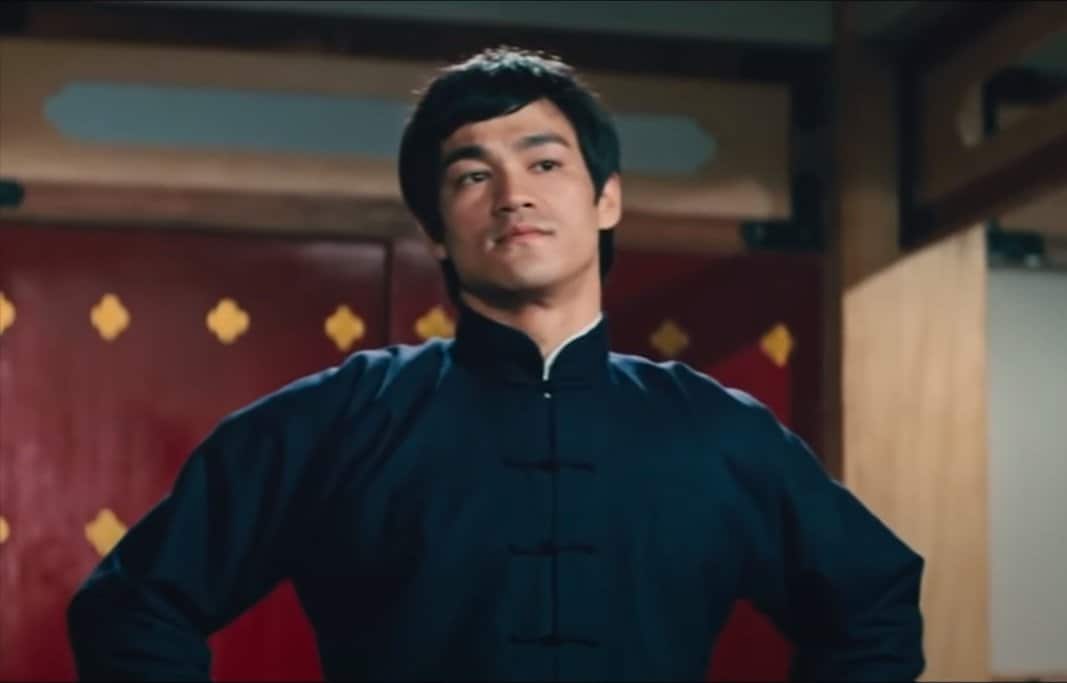Most Oriental martial arts, although unified by the head international organizations, have different styles that are taught and practiced around the world. The styles are sometimes called schools, but the latter is also used to describe individual clubs, so we’ll refer to these different teachings as styles.
There are seven main kung fu styles:
- Shaolin Kung Fu
- Wing Chun
- Tai Chi
- Northern Praying Mantis
- Baguazhang
- Xing Yi Quan
- Bajiquan
In today’s article, we are going to analyse the main styles of kung fu, an umbrella term for a wide variety of Chinese martial arts. We’re not going to dwell into each of them in depth, but we are going to give you the basics elements, origins and focuses of each of them.
Different Kung Fu Styles
The styles are a result of the historical development of a martial art. Namely, Oriental martial arts are, as a rule, several centuries old and each teacher tried to contribute to the art and develop it in a specific way. That resulted in different approaches attracting followers and, ultimately, becoming individual styles.
Styles aren’t separate arts, they are just variations of the basic rule that tend to focus more on one aspect or the other, adding something new and specific along the way. Of course, modern martial arts are, generally, unified and the styles are just different approaches under the same ruleset, but it’s still interesting to analyse them.
Kung fu, actually an umbrella term, encompasses a wide variety of martial arts and it is a thoroughly complicated process of classifying them all. There are several ways and criteria available for classifying all the styles of kung fu.
The first possible classification is based on geography. Within this system, the two dominant groups are the northern and southern styles, but there is also a possibility of classifying styles based on a more specific location like a village, town of province.
Another classification is the one that divides the styles into external and internal, but most commentators agree that this division is obsolete and doesn’t really stress out the difference between the styles. Styles can also be classified based on religious influences present within their philosophies; here, we talk about Buddhist, Taoist and Islamic styles. These are all contemporary systems of classification.
There have also been several older systems, which can now be described as historical. Some of those systems are the legendary and historical styles, family styles, imitative-styles and styles based on the main style attacking style.

Most Popular Kung Fu Styles
As we have seen, it is almost infinitely complex to describe and classify all the styles of kung fu in one short article. Thus, we have decided to analyse the seven most popular styles, bringing you a generalised overview and the basic characteristics. So, here we go.
Shaolin Kung Fu
Shaolin Kung Fu (Chinese: 少林功夫) is probably the best known and most popular style of kung fu. It has been widely represented in films, animation and television and the general public is generally knowledgeable about its existence. Shaolin is closely related to the philosophy of Zen Buddhism and dates back more than a millennium, when it was founded in the notoriously famous Shaolin Temple.
In popular culture, Shaolin is most famously represented by the travelling Shaolin monks and the stories of their exploits. It utilises a wide range of self-defence techniques, wide stances and a combination of kicks and punches, with the latter being both open- and close-handed. Shaolin trainees study the art through complex forms and because of that, it is said that Shaolin is both the most sophisticated and the most complex kung fu style.
Wing Chun
Wing Chun (Chinese: 詠春) is also a very popular and well-known style of kung fu. It originated in southern China around 300 years ago and was, interestingly, founded by two women, a nun well-versed in kung fu and her student, a tofu saleswoman, called Yim Wing Chun. It is the only kung fu style named after a woman.
Like the majority of southern styles, Wing Chun focuses on close-range combat and upper body movements, i.e. punches. It is a very quick style that relied a lot on agility, but also defensive techniques such as sidestepping and ducking. When learning Wing Chun, one should use a specific dummy.
Tai Chi
Tai Chi (Chinese: 太極) is, along with Shaolin, the best known and most popular style of kung fu around the world. It is an inherently internal style with Taoist influences dating as far back as the 12th century, although the style was virtually unknown in China until the last 100 years or so.
The concept of the Yin and the Yang is essential to Tai Chi, as is pacifism. It is a very slow style that focuses on awareness, which is why, today, it is mostly studied for its health benefits. It also increases one’s softness and flexibility.
Northern Praying Mantis
Northern Praying Mantis (Chinese: 螳螂拳) has the most peculiar name of all the styles in this article and derives its name from a well-known green insect. The praying mantis generally has a very strong symbolic meaning in Chinese martial arts. It is one of the styles that tend to imitate animal movements and use them in a fighting environment.
It is a very quick style that emphasizes footwork along with upper body movements and is well-known for the swiftness and sequential nature of its movements. A similar style, also based on imitating animal movements, is the Monkey Style.
Baguazhang
Baguazhang (Chinese: 八卦掌) is, along with Tai Chi and Xing Yi Quan, one of the three main internal kung fu styles. It is a relatively new style, founded somewhere in the 19th century and is, like Tai Chi, much influenced by Taoism.
Although the techniques of Taichi and Baguazhang are very different, both are characterised by slow, fluent movements. The Yin and the Yang play a very important role not just in the philosophy of Baguazhang, but also in the footwork.
Xing Yi Quan
Xing Yi Quan (Chinese: 形意拳) is the last member of the “internal triumvirate”, along with Tai Chi and Baguazhang. It is the oldest of the three and although it is classified as an internal style, it defies almost all of their postulates.
The style is relatively simplistic and rudimentary, and features a variety of straightforward movements that lack the fluent complexity of its brethren. The main element of Xing Yi Quan training is the training of the mind, which makes it an important factor in the system of kung fu.
Bajiquan
Bajiquan (Chinese: 八極拳) is the last of the styles analysed in this article. It is based on a very aggressive, offensive technique known as the “eight extremities fist”. The elbow is a strong weapon in this style, which is also recognisable because of it quick, thrusting punches to the chest area.
It does not focus on the aesthetics of the movements, rather on their strengths. In China, it is also known as the “bodyguard style”, because a lot of local bodyguards have been trained to practice it.
Conclusion
In this article, we have briefly analysed the most popular styles of kung fu, as they are present in the philosophy of this martial art. If you’re wondering which of them is best, the answer, we think, depends on you and how you want to perceive the sport.
Each style offers something of its own and you have to decide for yourself what you want to focus on and chose a style that fits you best. The most important thing is that you keep learning and working hard.
In the end, we bring you the compilation of Bruce Lee’s Kung Fu fighting scenes. Enjoy!
And, of course, keep following for more information on martial arts. See you next time!

